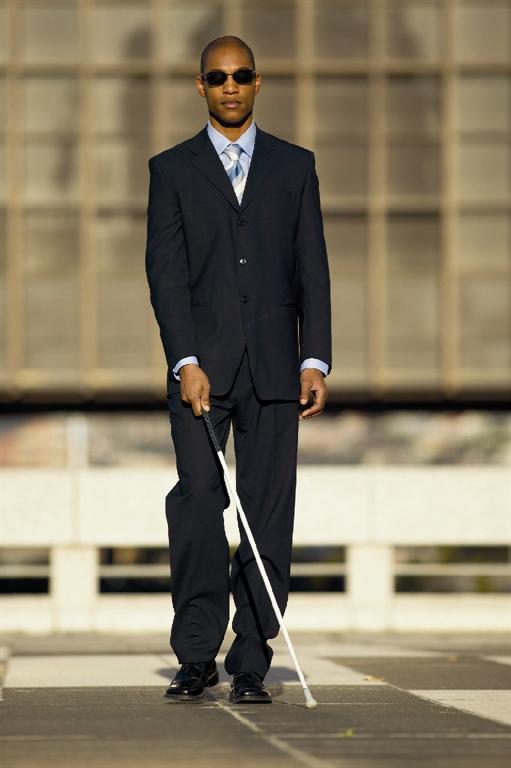Teams tasked with new tool
 Students at Curtin University are working on a project to give blind people a technological boost.
Students at Curtin University are working on a project to give blind people a technological boost.
The classic white cane is set to go the way of the ear trumpet - with a team of six engineering PhD students creating a multi-sensor array for perceiving the visual world.
The new gadget will resemble a small smartphone and will be packed with sensors to build a virtual map of a person’s surrounds.
Project leader Dr Iain Murray of Curtin’s Department of Electrical and Computing Engineering says: “A cane is beneficial for going up and down stairs or detecting if obstacles are right in front of you, but is not capable of telling you if something is more than a metre or two away. What we are developing is a multi-sensor device for people who are blind, who are also often hearing impaired, to tell them what is exactly around them from wall to wall.”
The project has been broken down in to five parts, each individual part will be allocated to a single student with the sixth person required to pull all the parts together into a single device. The five challenges the students seek to solve are: Determining the direction and distance a person has walked, finding the edges of paths and obstacles using stereoscopic cameras to compile a map, picking up audio clues to inform the user of moving objects, creating an efficient method to collate incoming information and relay it to the user, and enabling security measures within networks to eliminate risk of leading someone into a dangerous situation.
One of the main benefits of the planned device is that it should require no retro-fitting to work in any building, making it a versatile and adaptable utility.
More information is available from Curtin University.








 Print
Print